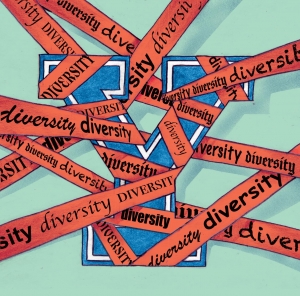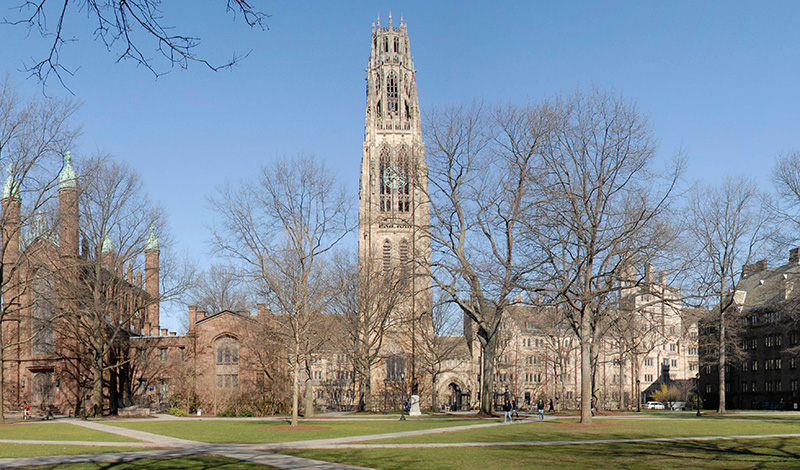3 of 3/ WSJ on Yale and Race
OPINION | LETTERS
Yale Is Right to Actively Cultivate Diversity
Diversity strengthens Yale. But it also means we must work hard to ensure every member of the Yale community feels welcome, respected and valued.
April 28, 2019
In “At Yale, ‘Diversity’ Means More of the Same” (op-ed, April 24) Heather Mac Donald Heather Mac Donald criticizes Yale for endeavoring to create an environment that is inclusive and welcoming for its students, faculty and staff. We’re overdoing things, she contends, and creating a climate of grievance. With all due respect to this alumna, I see it differently.
 Today, nearly 28,000 students, faculty and staff work and study on Yale’s campus. Our students hail from 123 countries and represent every conceivable background and walk of life. Children of the nation’s wealthiest families study and live alongside students who are the first in their families to attend college and who receive federally subsidized Pell Grants for low-income students. Our campus boasts racial, ethnic and socioeconomic diversity that would have been inconceivable a generation ago.
Today, nearly 28,000 students, faculty and staff work and study on Yale’s campus. Our students hail from 123 countries and represent every conceivable background and walk of life. Children of the nation’s wealthiest families study and live alongside students who are the first in their families to attend college and who receive federally subsidized Pell Grants for low-income students. Our campus boasts racial, ethnic and socioeconomic diversity that would have been inconceivable a generation ago.
That diversity strengthens Yale. But it also means we must work hard to ensure every member of the Yale community feels welcome, respected and valued. Institutional support for these efforts enables each of us to do our best work.
As Ms. Mac Donald notes, Yale supports events and speakers that promote discussion on relevant issues; we recruit faculty members who teach and inspire our students; and we try to attract talented and qualified students who will make significant contributions to Yale. In many ways, Yale engages with contemporary challenges, including racism, discrimination and intolerance in this country and world-wide. Such engagement isn’t “bureaucratic bloat:” it is a university fulfilling its mission.
Ms. Mac Donald is certainly correct in noting that our country is deeply divided. That is why Yale and other universities must be places where diversity is valued and free expression is robust. Yale isn’t perfect. Unfortunate incidents happen on our campus because we are part of society, not set apart from it.
At this time of crisis in our country, it is imperative that we join together in championing diversity, inclusion and human decency. They’re basic American values, after all.
Peter Salovey
President, Yale University
New Haven, Conn.
————-
In five column inches Heather Mac Donald delineates Yale University’s existing diversity bureaucracy plus an additional five inches describing Yale’s new initiatives in “discrimination and racism” and “discrimination and harassment.”
I wonder how this translates into payroll costs including overhead, and how many full scholarships this would provide for minority students. I don’t think that even Yale officials want to know the answer.
Lewis R. Elin
Chicago
—-
Most of the time spent by diversity bureaucrats involves creating work for the university staff by requiring them to collect data, review reports, participate in studies, justify their curriculum, attend meetings, edit policies and receive diversity training. Based on my consulting experience, the internal work caused by these types of bureaucrats is more than double their direct cost to the organization. This helps explain the rising tuition and falling quality of higher education.
Michael O’Guin
Knowledge Link
McKinney, Texas

